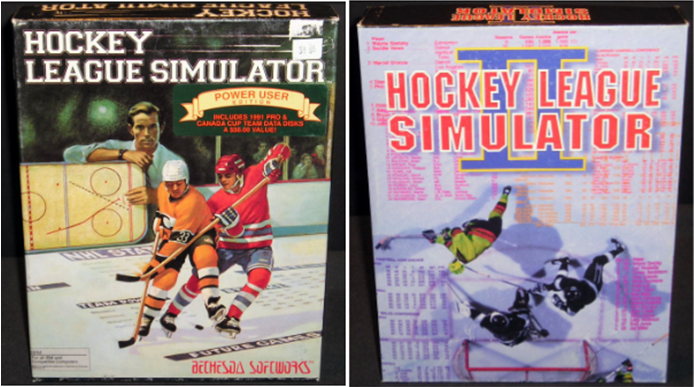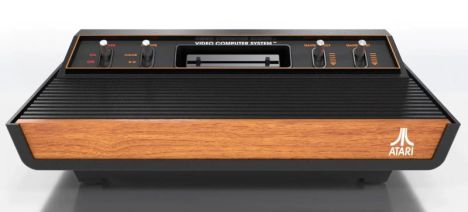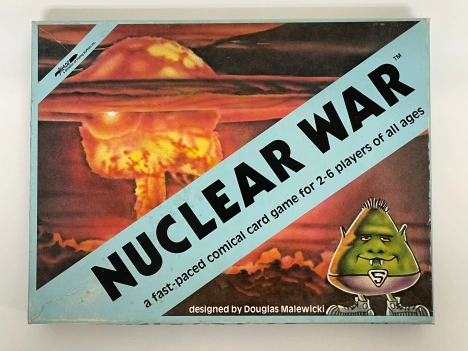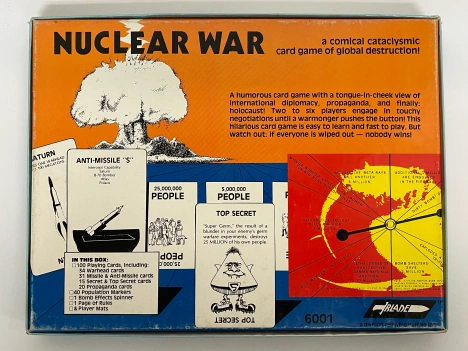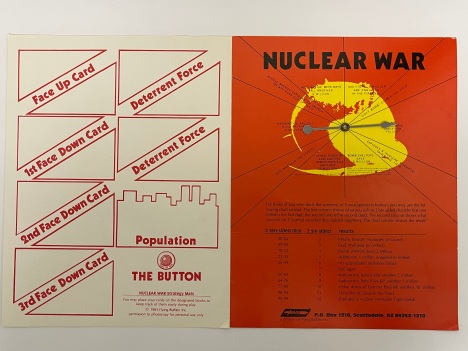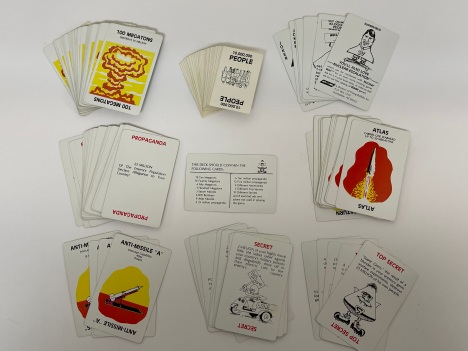In the golden era of the 90s, when pixels ruled and Gretzky was a household name, Bethesda Software gifted hockey enthusiasts with a gem – the Hockey League Simulator. Crafted as an add-on for the Gretzky Hockey series, this fantasy hockey management game stood on its own, captivating players with its strategic brilliance. Little did I know back then, as I spent countless hours drafting, trading, and chasing the elusive Stanley Cup, that this virtual hockey world would become a cherished part of my nostalgia.
The box art alone triggers memories of late-night sessions and the thrill of building my dream team. Hockey League Simulator I and II, the brainchildren of Bethesda Softworks, became the canvas for my strategic prowess. The game allowed me to immerse myself in the intricacies of managing a hockey team, making tough decisions, and navigating the unpredictable journey towards championship glory.
Fast forward from the 90s to the present day, and somewhere in the midst of life’s changes, I inexplicably parted ways with my cherished copy of Hockey League Simulator. The decision, or rather, the lapse in judgment, baffles me now. Why would I discard something that brought so much joy, that fueled my passion for hockey management, and fueled my quest for virtual Stanley Cup glory?
Life’s twists and turns can lead us to forget the simple pleasures that once consumed our days. The hockey management game faded into the recesses of my memory, lost in the shuffle of evolving interests and priorities. It was a piece of my gaming history, tucked away and nearly forgotten.
But, as fate would have it, the universe conspired to reignite the flame of that forgotten obsession. A modern-day savior emerged in the form of an app: Puck Drop by Marcel Piestansky, found in the Apple App Store. Little did I realize that this discovery would become a bridge between my past and present, rekindling the joy of virtual hockey management.
Puck Drop, with its sleek interface and updated features, transported me back to the thrill of drafting players, making strategic trades, and experiencing the highs and lows of managing a fantasy hockey team. It’s a testament to the timeless appeal of hockey management simulations and a reminder that the joy of gaming knows no era.
As I navigate the virtual ice rink once again, I can’t help but reflect on the journey from Hockey League Simulator to Puck Drop. The love for fantasy hockey management remains undiminished, and the joy of reliving those strategic battles is as potent as ever.
In the end, this rediscovery serves as a gentle reminder to hold on to the things that bring us joy, even if they seem to belong to a bygone era. Whether it’s a vintage game or a modern app, the thrill of managing a fantasy hockey team continues to be a timeless source of entertainment, connecting the dots between the past and the present.

Confession time! Just for fun, this entire blog entry was created by ChatGBT from some of my notes. The enthusiasm I have for both the Hockey League Simulator series and the Puck Drop series is real, though!
Filed under: Game and Book Reviews | Tagged: ChatGBT, Fantasy Hockey, Fantasy Manager, Hockey, Hockey League Simulator, Puck Drop | Leave a comment »




